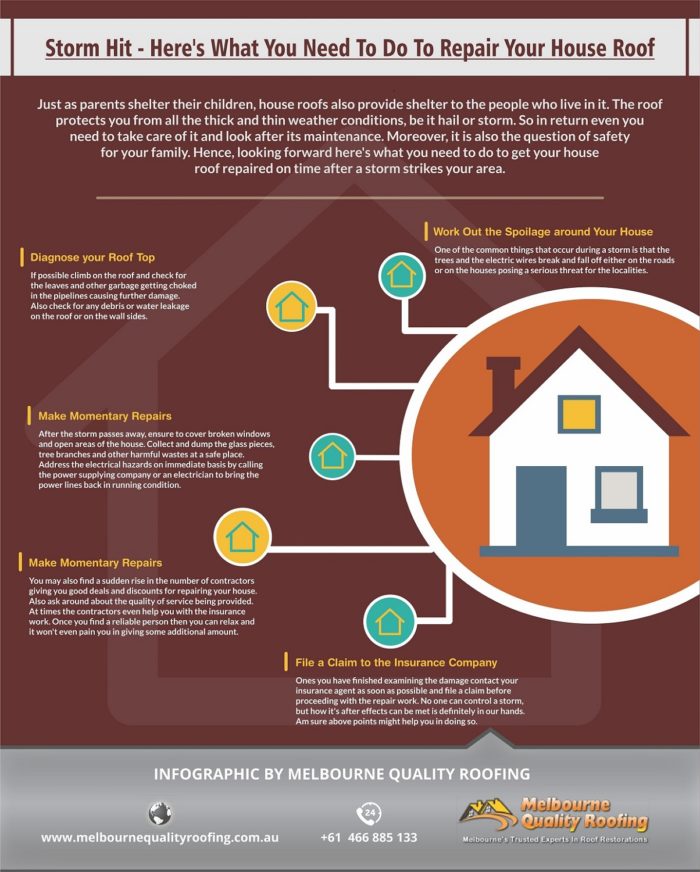The Function Of Climate In Roofing System Installation: Picking The Right Seasons And Issues For Success
The Function Of Climate In Roofing System Installation: Picking The Right Seasons And Issues For Success
Blog Article
Post Produced By-Terry Mouritzen
When it pertains to roof setups, the weather can make or break the job. Visualize the aggravation of handling products that won't work together because of extreme warmth or battling unsafe surface areas brought on by unforeseen rainfall. Comprehending the effect of weather conditions on your roof covering task is crucial for a successful outcome. So, let's explore exactly how various weather aspects can influence the high quality and durability of your roof covering installment, guaranteeing a work well done.
Impact of Temperature Level on Roofing Setup
When it comes to roof covering setup, temperature level plays a critical role at the same time. The ideal temperature level for roof covering jobs normally falls in between 45 and 85 levels Fahrenheit. Extreme warm can trigger products like shingles to end up being too flexible, resulting in potential damages throughout setup. On the other hand, chilly temperature levels can make products brittle and susceptible to breaking. It is very important to schedule roofing system installations throughout moderate temperatures to guarantee the very best outcome.
Throughout cooler weather, specialists may require to take added safety measures such as utilizing heated tools or enabling products to heat up before installment.
In contrast, hot weather may need job to be done earlier or later on in the day to avoid the peak temperatures. By considering the temperature level and its impacts on roofing products, you can help guarantee a successful setup that will endure the elements for many years to find.
Result of Precipitation on Roofing Projects
Roof covering jobs can be substantially affected by precipitation, impacting both the timeline and the quality of the installation. Rain or snow can create slippery conditions, making it hazardous for contractors to service a damp surface area. Additionally, moisture can jeopardize the bond of products like roof shingles or underlayment, bring about possible leaks or damages in the future.
If it rains during a roofing project, the water can leak right into susceptible locations, causing delays as the installation staff should wait on the roofing system to dry before continuing. Too much dampness can likewise advertise the development of mold and mildew and mold, additional threatening the stability of the roof covering.
To stay clear of these issues, it's recommended to arrange roof covering tasks during drier periods or keep track of the weather report carefully to prepare around any kind of prospective rainstorms. By taking safety measures to work in positive weather conditions, you can guarantee a smoother and more effective roof covering installation procedure.
Impact of Wind Rate on Installment Success
During roof installation, the speed of the wind plays a critical role in establishing the success of the task. High wind speeds can pose considerable obstacles to roofing professionals, potentially leading to security dangers and quality problems. When Learn Alot more Here go beyond advised restrictions, it becomes difficult to deal with products, enhancing the threat of crashes and damages to the roof products. Strong gusts can also affect the precision of measurements and the precision needed for appropriate installment.
To make sure an effective roofing system setup, it's important to check and think about wind speeds. Preferably, roof covering installation ought to take place on days with low to moderate wind speeds. This not just boosts the security of the workers but additionally improves the total top quality of the setup.
Roofing tasks arranged during tranquil weather are most likely to be finished successfully and with less errors. By paying https://www.ospreyobserver.com/2021/05/certified-roofers-general-contractors-inc-celebrates-its-40-year-anniversary/ to wind speed forecasts and intending as necessary, you can help make certain a smooth and successful roofing system installation procedure.
Verdict
So, when it comes to roofing setup, bear in mind to take into consideration the weather to ensure an effective task. Ideal temperatures, completely dry problems, and moderate wind rates are vital factors to focus on for a smooth setup process. By arranging your task during the best periods and optimal climate condition, you can attain a resilient and long-lasting roof that will certainly safeguard your home for many years ahead.
